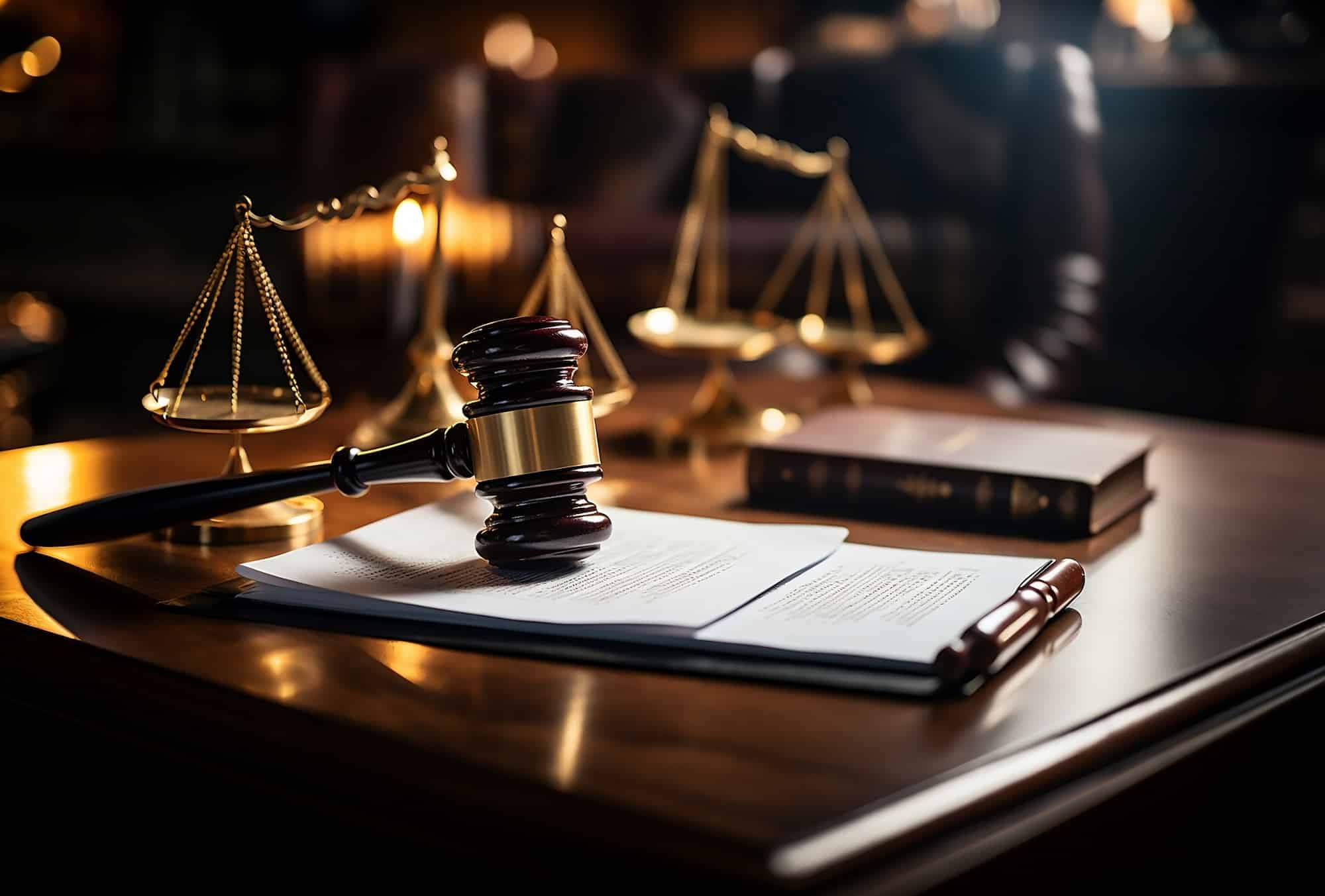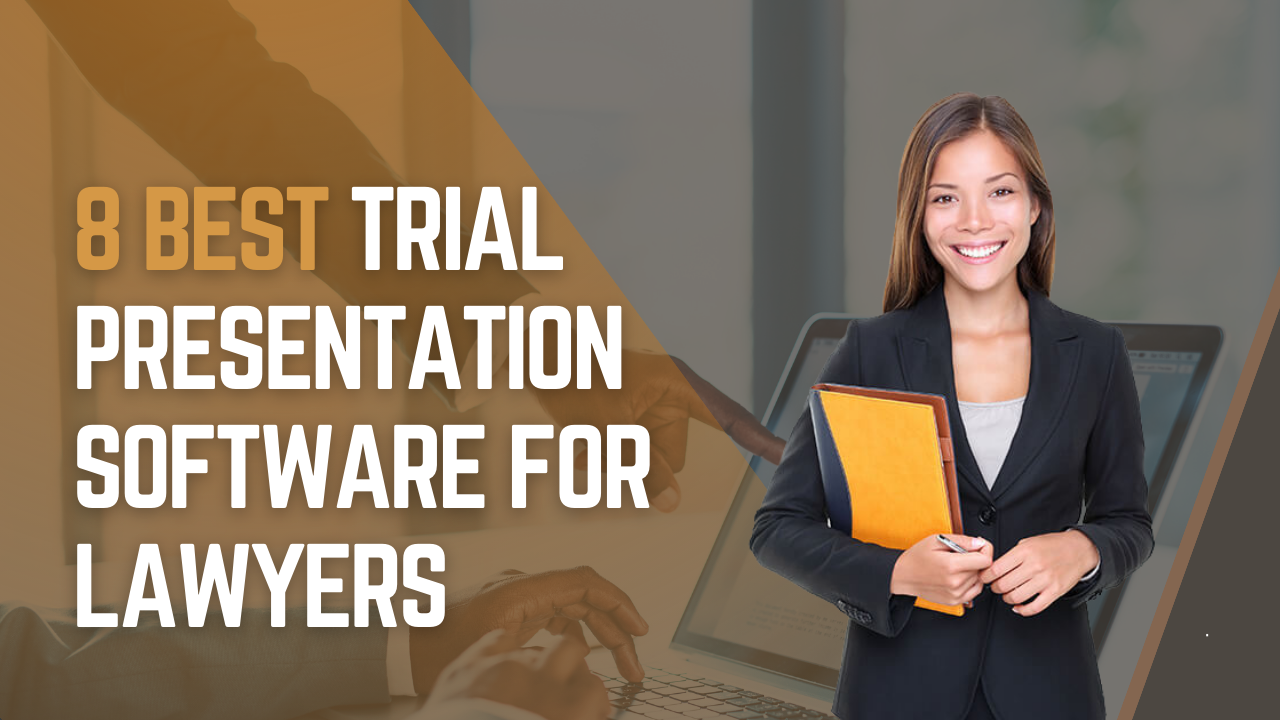Navigating the Intricacies of Trial Presentations: Tips for Seamless Delivery and Engaging Arguments
In the world of legal process, the art of trial discussion stands as a vital determinant of success. As lawyers browse the complex internet of court characteristics, the capability to flawlessly provide debates and evidence while astounding the jury's interest comes to be critical. The intricacies fundamental in test presentations need a fragile balance of approach, finesse, and ability. By sharpening techniques that ensure a sleek delivery and crafting engaging arguments that resonate with the target market, lawyers can significantly improve their campaigning for. In a globe where persuasion preponderates, mastering the complexities of test discussions is not just an option but a requirement for those looking for to dominate in the court room.

Comprehending Test Purposes
To effectively navigate a trial, it is vital to have a clear understanding of the purposes that require to be achieved. Before stepping into the court, legal groups need to specify their objectives and wanted end results. These objectives function as guiding principles throughout the trial, shaping techniques and influencing decision-making processes.
Understanding trial objectives involves an extensive analysis of the situation, legal precedents, and the client's benefits. Trial Presentations. It requires a meticulous examination of the facts, recognizing vital concerns, and preparing for possible obstacles. By establishing certain and measurable objectives, lawyers can tailor their discussions and debates to line up with the preferred results
Additionally, a clear understanding of trial purposes makes it possible for legal teams to focus on proof, witnesses, and legal arguments properly. It enables the advancement of a coherent story that resonates with the discretionary, enhancing the general case discussion.

Organizing Proof Efficiently
Having a clear understanding of trial objectives lays the foundation for organizing proof successfully in legal proceedings - Trial Presentations. By aligning the presentation of evidence with the preferred end results of the test, lawful teams can strengthen their disagreements and enhance their persuasiveness. One important element of arranging evidence is classification. Organizing evidence based on themes or relevance to particular lawful elements can assist streamline the discussion and make complex details extra absorbable for the court or jury.
An additional crucial element in arranging evidence efficiently is establishing a sensible flow. Providing evidence in a sequential and coherent manner can aid build an engaging narrative that supports the legal arguments being made. Additionally, utilizing aesthetic help such as charts, timelines, or charts can further boost the organization of proof and aid in making clear complicated partnerships or series of events.
In addition, making sure that all evidence presented is admissible and pertinent to the instance is vital. Unnecessary or inadmissible proof can detract from the strength of the disagreement and potentially damage the integrity of today celebration. A careful evaluation and option procedure ought to be embarked on to consist of just the most lawfully audio and impactful evidence in the trial presentation.
Crafting Persuasive Narratives
Crafting engaging stories plays a pivotal duty in offering influential debates throughout legal proceedings. When creating a narrative for a test presentation, it is essential to establish a clear story that highlights crucial points and connects them in a systematic visit the website fashion. By weaving together proof, testament, and legal arguments right into a cohesive and influential story, legal specialists can successfully support for their customers and increase the possibility of a positive outcome in the courtroom.
Understanding Aesthetic Aids
Effective use aesthetic help is vital to enhancing the influence and quality of test discussions. Aesthetic help, when utilized tactically, have the power to streamline complicated information, strengthen bottom lines, and leave a lasting impact on the discretionary. To grasp visual help in test presentations, it is important to guarantee that they are clear, concise, and appropriate to the debates being made.
When integrating aesthetic help, such as graphes, graphs, timelines, or pictures, into a test presentation, it is essential to maintain them aesthetically appealing yet specialist. The visuals should complement the verbal disagreements, offering a graph of the details being reviewed without frustrating the audience with unnecessary details.
Furthermore, practicing with the aesthetic help beforehand is vital to make sure a smooth distribution during the trial. Familiarizing oneself with the web content, shifts, and timings of each aesthetic aid can help preserve the circulation of the presentation and protect against technological problems browse this site that might emerge.
Supplying Impactful Closing Arguments
An engaging closing disagreement serves as the conclusion of a test discussion, enveloping the core story and encouraging the court and court in the direction of a favorable choice. To supply an impactful closing disagreement, it is crucial to succinctly summarize essential points, highlight the staminas of your situation, and deal with any type of weaknesses in a tactical way. Begin by outlining the major disagreements that sustain your customer's placement, stressing why the proof provided throughout the test supports your narrative. It is vital to produce a sense of cohesion and quality, leading the discretionary in the direction of the wanted conclusion.
Additionally, integrating psychological appeal can better enhance your closing debate. By connecting and humanizing the situation on a personal level with the decision-makers, you can evoke compassion and understanding, influencing their understanding of the realities provided. Furthermore, repeating the lawful criteria that must be met for a desirable ruling can reinforce the validity of your setting. Ultimately, a well-crafted closing debate should leave a long-term perception, engaging the court and court to rule in your customer's support.
Final Thought
Finally, mastering trial presentations involves recognizing purposes, arranging proof, crafting narratives, utilizing aesthetic help, and supplying impactful closing debates. By applying these strategies successfully, legal representatives can offer their case seamlessly and make engaging debates in the court. It is essential to browse the complexities of test discussions with precision and ability to accomplish success in lawful proceedings.
By lining up the discussion of evidence with the desired results of the trial, lawful teams can enhance their arguments and enhance their persuasiveness (Trial Presentations). To master visual aids in trial presentations, it is important to make sure that they are clear, succinct, and pertinent to the debates being made
A compelling closing debate serves as the end result of a test presentation, encapsulating the core story and encouraging the judge and jury towards a desirable decision. Begin by detailing the major arguments that sustain your customer's setting, stressing why the evidence provided throughout the test supports your story.In conclusion, mastering test presentations includes understanding purposes, read review arranging evidence, crafting stories, using aesthetic help, and supplying impactful closing arguments.